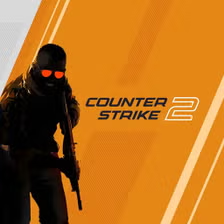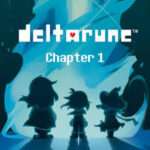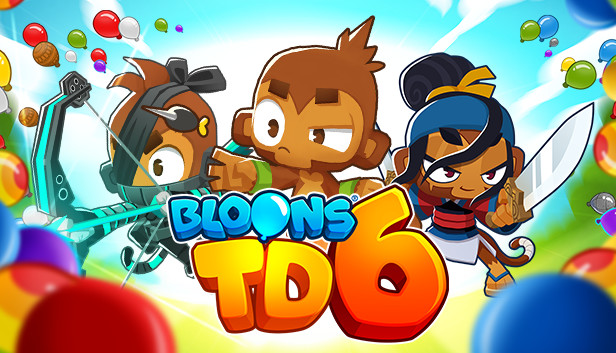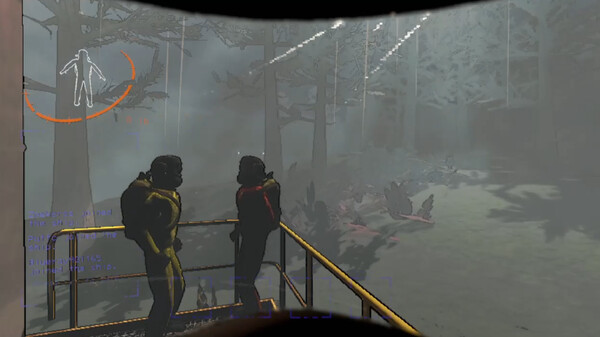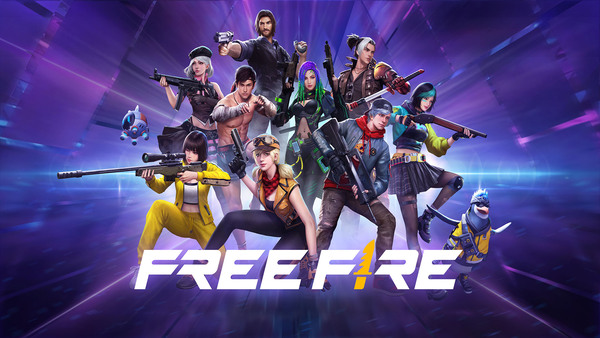Roblox: Steal a Brainrot
In the ever-expanding world of Roblox, one game has begun to creep into the minds—and dreams—of thousands of players: Steal a Brainrot. Part stealth, part horror, and all strategy, this uniquely crafted experience brings fresh mechanics and moody visuals to the Roblox universe. Whether you're sneaking past patrolling guards or disabling motion sensors under pressure, the thrill of escaping with the mysterious “Brainrot” keeps you coming back.
This expert-level analysis breaks down the game in depth: development history, gameplay, visuals, audio, community, and everything in between. With over 2,000 words of insight, this article will guide you through every layer of the experience.
1. Early Development and Conceptualization
The idea for Steal a Brainrot was born in early 2024. A small group of Roblox developers, inspired by the mechanics of classic stealth and horror games, envisioned a game where the player would infiltrate a mysterious estate, steal a strange object called the Brainrot, and escape undetected.
The goal was clear: blend stealth tension with the accessibility and creativity that Roblox allows. The developers wanted something immersive—filled with flickering lights, eerie background music, and smart AI guards that challenge your every move.
Working with Roblox Studio, the team used Lua scripting and a mix of custom and community assets. The result was a rich environment that both frightened and fascinated playtesters.
2. Alpha Release and Early Testing
The first alpha version of the game released mid-2024 to a small invite-only audience. It was raw but promising. Players immediately noted the potential in its immersive environments and smart use of tension.
Still, issues were present. Bugs like AI clipping through walls, confusing UI interactions, and laggy camera angles cropped up early on. But thanks to a committed player base and responsive developers, most issues were quickly fixed.
The early test group also introduced ideas that shaped the game later: guard types, more complex mission routes, and the now-fan-favorite leaderboard system.
3. Gameplay Mechanics and Features
At its core, the goal is simple: break in, steal the Brainrot, and escape.
Players must master sneaking, crouching, and using distractions to stay out of guard view. Strategic tools like noise-makers and lockpicks play a big role. You'll also encounter puzzles—disabling alarms or opening secured doors—all while the clock ticks.
The AI guards add tension. They react to sound, visual cues, and even repeated player behavior. A stealth meter helps players track their visibility, and the interface subtly alerts them when danger is nearby.
As you progress, the game demands more coordination, faster thinking, and deeper understanding of each room and corridor.
4. Visuals, Art, and Sound Design
The art style is both minimal and eerie—perfect for its horror-stealth hybrid identity. Environments are moody, with shadowy corners, flickering lights, and retro-furnished rooms filled with ominous silence.
Characters, especially guards, are stylized but readable. Animations are kept simple, but patrol behavior is expressive and deliberate.
Lighting effects are a standout. Spotlights and shadows dynamically react to player movement, keeping you constantly on edge. Audio design amplifies this, with footsteps echoing through halls and guards muttering on patrol.
Every creak of a floorboard feels meaningful. And when the alarm goes off, the sudden volume spike jolts you into panic mode.
5. Progression System and Rewards
The game features three difficulty tiers: Novice, Intermediate, and Expert. Each one introduces new complications—more guards, tighter spaces, and tougher puzzles.
Players earn in-game currency (Ectoplasm Coins) for successful heists, which can be used to buy upgrades and cosmetics. Gadgets like smoke bombs or mini-drones open new ways to approach missions. Cosmetic items add flair but no mechanical advantage.
Achievements encourage experimentation: stealth-only runs, tool-free escapes, and time-based challenges all reward skilled players. Leaderboards show off top scores and fastest times, promoting healthy competition.
6. Social Features and Community Interaction
Steal a Brainrot thrives on player collaboration. In co-op mode, two players can team up to distract guards and complete puzzles. One might draw attention while the other slips past—classic stealth synergy.
A competitive PvP mode flips the script: one player is the thief, and the other plays as a guard, setting patrol paths and using surveillance tools to catch their opponent.
Voice chat (proximity-based) enhances immersion. Emotes like “shhh” or “point” help teams coordinate even without mics.
Players can also build and submit their own custom levels, and the best ones often get featured officially. This constant loop of community content and dev engagement keeps things fresh and exciting.
7. Seasonal Events and Content Updates
The game regularly releases themed events:
-
Halloween 2024 introduced haunted mansions and ghostly enemies.
-
Winter 2024 brought slippery ice floors, snow-themed distractions, and holiday skins.
-
Spring 2025 added garden maps, bee hazards, and floral camouflage.
These updates add temporary game modes with new enemies or hazards. Halloween’s ghost guards, for example, could pass through walls and restart your stealth meter if they spotted you.
There are also weekly community challenges, such as speedrun competitions or stealth-only missions, often streamed by developers and shared via social channels.
8. Performance and Accessibility
The game runs well across most devices. On PC and Xbox, you’ll experience the best graphics and controls. Mobile versions are well-optimized, with simplified lighting and touchscreen support.
Performance is generally solid, though lower-end phones can suffer occasional lag. Controls have been adapted smartly for each platform.
Accessibility is also a strength: colorblind modes, audio subtitles, and adjustable text sizes make the game more inclusive. These additions, often suggested by the community, show the devs’ commitment to user experience.
9. Community Feedback and Ratings
Player reviews are overwhelmingly positive.
On Roblox, the game averages 4.6 out of 5 stars based on tens of thousands of ratings. Fans praise the immersive tension, smart AI, and replayability. Some criticisms remain—particularly around vent camera angles and mobile frame drops—but they are relatively minor.
Common praise includes:
-
“Creepy but addictive. The tension is real!”
-
“Co-op mode is a blast, especially with voice chat.”
Minor complaints:
-
“Camera gets weird in tight spaces.”
-
“Mobile is okay but lags on old phones.”
10. Roadmap and Final Thoughts
Looking ahead, the developers plan to release:
-
New mission types: time attack, sabotage modes, expanded puzzles
-
New maps: banks, museums, cabins in the woods
-
Spectator and replay tools
-
Custom guard customization and smarter AI learning
The community also wants more PvP depth, custom thief avatars, and leaderboard-linked rewards.
So, is Steal a Brainrot worth playing? Absolutely.
If you enjoy games that test your patience, reward strategic thinking, and immerse you in a unique atmosphere, this is one of the best Roblox stealth experiences available.
Conclusion
Steal a Brainrot is more than just another Roblox title—it's an evolving stealth-horror playground filled with rich design, eerie environments, and clever mechanics. Whether you're going solo or sneaking with a friend, every heist is a story worth telling.










